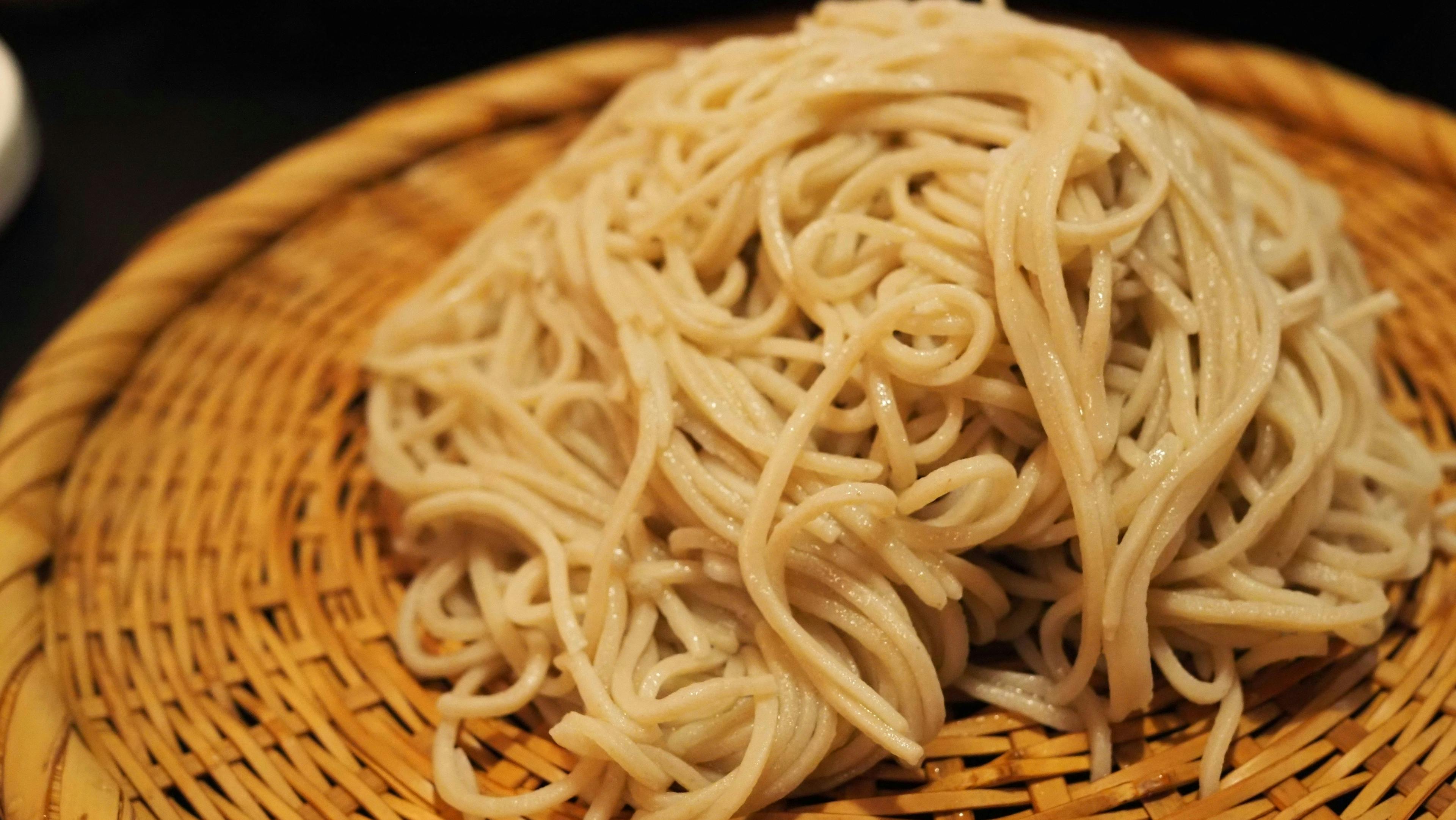your cart
Your cart is empty.
General Articles
Udon vs Soba Noodles: What’s the Difference?

Udon and Soba are two types of noodles that are popular in Japanese cuisine. Each has a unique texture and flavour, and requires slightly different cooking methods, making both types ideal for a variety of different Japanese dishes. If you’re not sure which type of noodle to use for which dish, we compare Udon and Soba noodles and explore the differences between the two.
What Are Udon Noodles?
Japanese udon noodles are a thick and chewy type of noodle made from wheat flour and salt. Udon noodles themselves have a neutral flavour, allowing them to be a blank canvas for your dish, letting the flavours of your dish shine through.

What Dishes Use Udon Noodles?
Udon noodles are typically served in soup or broth, alongside toppings like tempura, spring onion, meat, vegetables or egg.
The thick and chewy texture of udon noodles also makes them great for stir-fries, as they offer a satisfying bite.
If you’d like to try Udon noodles, check out our Chilli Oil and Nduja Udon Noodles With Puffed Tofu Recipe.
How Do You Cook Udon Noodles?
Udon noodles are relatively easy to prepare, as they only need to be boiled for a few minutes to become tender. Often you can find packages of fresh udon noodles that don’t require pre-cooking, meaning you can add them straight into your soups or to your pan for stir-frying.

What Are Soba Noodles?
Soba noodles are a thin type of noodle that is made from buckwheat flour. The buckwheat brings a nutty, earthy flavour to the noodles that can add interesting notes to your dish. Soba noodles are quite delicate, with a slightly grainy texture, which makes them ideal for pairing with crunchy accompaniments like grilled meat or tempura.
As they are made with buckwheat flour, soba noodles are naturally gluten-free and thus suitable for people with gluten intolerance or coeliac disease. Do check the packaging of your chosen soba noodles, though, as some may have wheat flour added.
What Dishes Use Soba Noodles?
Soba noodles are cooked in different ways depending on the season. In colder months, soba noodles are served in a hot broth as a soup, while in the summer, they are served chilled with a dipping sauce.
Check out our recipe for Cold Green Tea Soba Noodles to discover a fun and flavourful way of serving these noodles.
How Do You Cook Soba Noodles?
Soba noodles need a bit more attention when cooking, as they can become mushy if they are overcooked. Soba noodles need to be added to boiling water and cooked according to the package, usually around 8 minutes.
Drain the cooked noodles in a colander and then add them to a bowl of cold water. Use the cold water to wash off the excess starch; this helps to stop the soba noodles from becoming gummy. Drain again and serve cold or add to a soup for a warm dish.
Are Udon or Soba Noodles Better?
The answer to which type of noodle is best is mostly down to personal preference and the type of dish that is being served. While udon and soba can be used interchangeably in many dishes, they each have food styles that they are best suited to.
Udon noodles are hearty and filling, perfect for a warming broth or stir fry, while soba noodles tend to be lighter and more delicate, working better as a noodle salad or with grilled seafood.
Udon, being made primarily from wheat flour, is a good source of carbohydrates, while Soba, made from buckwheat, is a good source of protein and fibre. Buckwheat is also typically gluten-free, making Soba a suitable option for people with gluten intolerance, while Udon noodles contain gluten.
Udon noodles are perhaps the more versatile of the two, as they work in a wider variety of dishes and are a little easier to cook.
Both Udon and Soba are delicious and nutritious noodles that offer a unique dining experience. There are also both often used in Japanese instant noodles packets. Whether you choose Udon or Soba, both types of noodles are sure to be a hit with anyone who loves Japanese cuisine.
this site uses cookies
We and our advertising partners use cookies on this site and around the web to improve your website experience and provide you with personalised advertising from this site and other advertisers. By clicking allow, you accept the placement and use of these cookies for these purposes. Learn More





